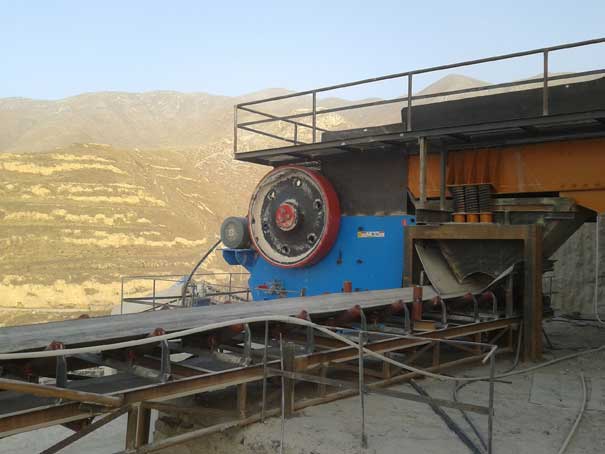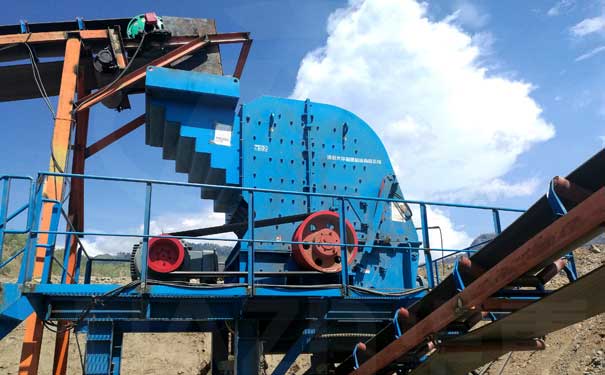Jaw Crusher and Impact Crusher are commonly used equipment in the crushing market, but many people may have a little understanding of them, especially those who are new to this industry and don't know how they are different. A few days ago, a friend left a message to ask this question. Today we will talk about the difference between the two in practical applications.
The obvious difference between jaw crusher and impact crusher is the difference in structure and working principle. The working method of the former is curved extrusion type, and the material is crushed in the crushing cavity composed of movable jaw and fixed jaw; the latter adopts the principle of impact crushing. , The material is repeatedly impacted and broken between the rotor (blade hammer) and the impact plate.
You should be familiar with the principle, so here is a brief introduction. Below we focus on analyzing the difference between them in actual production.
1. The scope of application is different
1) Material hardness
The jaw crusher can crush all kinds of soft and hard materials with a compressive strength of 300-350Mpa, while the impact crusher is suitable for crushing materials with low toughness and brittle materials with medium hardness and below, such as limestone. Harder, it will cause great damage to the wearing parts and shorten the service life.
2) Material size
Jaw crushers are generally used for crushing large pieces of material, and can allow ore less than 1m to enter (specifically depending on the equipment model and manufacturer). There are more applications in mines and gravel fields. The impact crusher is mostly used to deal with small and medium-sized pieces. For materials, the allowable feed size range is not as wide as the jaw crusher.
2. The location of the production line is different
As we all know, in crushing, sand making, ore dressing and other production lines, jaw crusher is a commonly used primary crushing equipment, used for coarse crushing (fine jaw crusher can be used for medium or fine crushing), and impact crushing is commonly used secondary or tertiary crushing equipment for medium or fine crushing.
3. Different production capacity
In general, the capacity of jaw crusher is greater than that of impact crusher. Generally speaking, the hourly output of jaw crusher can reach 600-800t (depending on the manufacturer and product model), and the hourly output of counter-breaker is about 260-450t.
4. Different discharging fineness
Jaw crusher is a coarse crush, and its discharge fineness is relatively large, generally below 300-350mm (depending on the manufacturer and product model). As impact crusher is a medium or fine crush, its discharge fineness is of course smaller.
It should be noted that due to the different material properties, there will be errors in the fineness of the equipment discharge.
5. Different discharging grain types
After jaw crushing, the material size is not ideal, and the pin content is high; the impact crushing is a product with good output size and less edges and corners of the finished product in the crushing equipment, and its particle size is also better than that of cone crushing.
Therefore, in actual production, the impact crusher is usually equipped for further shaping after the jaw crushing, and the two are also relatively common collocations in the crushing production line.
6. The price is different
Generally speaking, the sales volume and transaction volume of many manufacturers are higher. The main reason is the price. Secondly, the jaw crusher is more traditional crushing equipment, and it can meet the user's application requirements in terms of performance, quality, power consumption, etc., so that cost-effective equipment is easier to attract users' attention.
The jaw crusher mentioned in this article is mainly a coarse jaw crusher. For fine jaw crushers, it and cone crushers, impact crushers, hammer crushers, etc. are mainly used as medium crushing equipment, so there will also be a jaw crusher followed by a jaw crusher ( Fine jaw crusher) configuration. In summary, when selecting crushing equipment, users should configure them reasonably according to production requirements in order to obtain ideal production capacity and benefits.




